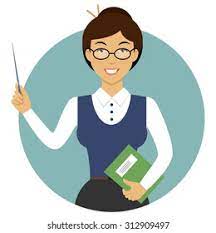Meet Our Best Writers for This Month
With our paper writing service, you will find an expert writer for any academic task. Their rating is based on previous customer reviews of their completed orders. Before you hire a writer, you can get to know his or her track record in detail.

Spider
(10/10)
200 Finished papers
1 In progress
Disciplines: Business Management Accounting History Education Theories Marketing Nursing Management Healthcare and life science

McDonald
(9.3/10)
237 Finished papers
0 In progress
Disciplines: Ethics Marketing Finance Law Management Business Management Tourism Healthcare and life science African-American Studies

Dr.Timothy
(9.6/10)
115 Finished papers
0 In progress
Disciplines: Business Management Accounting English Finance Management Economics Dance History Healthcare and life science Religion and Theology

Cynthia writer
(9.4/10)
100 Finished papers
0 In progress
Disciplines: Healthcare and life science English Religion and Theology Application Essay Business Management Nursing History English Literature Marketing Anthropology

DICKENS
(9/10)
94 Finished papers
0 In progress
Disciplines: Healthcare and life science Business Management Finance Management Accounting Tourism Economics Social Science Political Science

Simon
(9.2/10)
71 Finished papers
0 In progress
Disciplines: Healthcare and life science Education Theories Finance Business Management Statistics Nursing

Nicholus
(9.2/10)
147 Finished papers
0 In progress
Disciplines: Healthcare and life science Business Management Nursing Marketing Computer Science Education Theories Finance Management English Ethics

Kelvin
(9/10)
89 Finished papers
0 In progress
Disciplines: Business Management Healthcare and life science Nursing Marketing Tourism Education Theories Application Essay English Social Science Finance

Phyllis
(8.8/10)
67 Finished papers
0 In progress
Disciplines: Religion and Theology Business Management Nursing Healthcare and life science Economics African-American Studies History Application Essay English(1)





